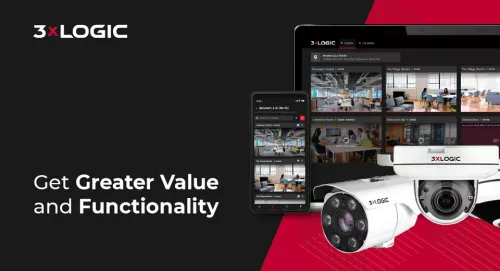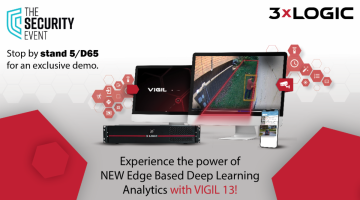Historically, it was common practice for electronic security technologies to operate in silos, so they were effectively working entirely separately from each other. For a long time this was the case because the technology wasn’t significantly advanced to allow integration – but’s that now changed, of course with the introduction of IP and users are seeing real benefits from integrating their systems.
Keeping security systems such as video surveillance, access control or intrusion detection separate meant that users weren’t leveraging the additional capabilities of the technology and certainly weren’t getting maximum value from their investment. At the same time, adopting this ‘silo’ mentality created a problem where users didn’t know for sure that what was being reported was relevant - or even true. In effect, they weren’t seeing the whole picture behind an incident or an event. Was the alarm activation genuine, or a false alarm? Did it merit a physical intervention, or not?
The advent of IP technology has made system integration simple and precisely addresses this problem. It’s why smart security managers are now integrating their security technologies around video surveillance – as it allows them to view the actual events (or incidents) that a system triggers - whether prompted by an intruder alarm device, for example, or by utilizing technologies onboard in the camera, such as motion detection. This makes verification of an alarm simple and confirms whether the trigger is really an actionable event, and not a false activation - or simply an event that doesn’t require a response.
Using video to verify the “why” and provide the “what” enables greater insight beyond notification of an event itself. Access control systems can establish when and where people enter a building, for example, but integrating this with video allows building managers to understand why they are doing so - whether to access a particular building resource, for example, or undertake a specific activity. In a retail environment, integrating video with wider security systems allows retailers to spot buying patterns, locate hot spots on a shop floor, or identify any impediments to shoppers freely navigating the aisles.
Users can even ‘train’ their video-based systems to ignore events that would otherwise trigger an alarm, such as an employee entering a specific area for legitimate reasons, or people congregating in areas of buildings or external spaces at specific times of the day. Conversely, these same video systems can be set to create an alert if they spot someone in the same area outside working hours when the same activity that went unheeded earlier in the day would now qualify as suspicious.
Of course, the ability to verify events remotely gained greater value during the pandemic. One lesson learned from Covid-19 lockdown for building and security managers is that accessibility to one’s own office may not always be possible, which makes it difficult to manage a building’s security. The pandemic exposed areas of weakness in security policies, procedures, and systems, and this is now forcing organizations to look at their security systems with fresh eyes.
In doing so they are turning to video to not only integrate previously siloed systems but also to provide a valuable means of verifying events, by giving users sight of their buildings or estates when physical access is impossible. Used in this way, video provides a more resilient and safer means of maintaining business continuity.
Interested in learning more? Contact us to speak with a 3xLOGIC Expert or sign up to join our free Online Solutions Discovery Days webinars.
*This article originally appeared in Security Matters online publication.



